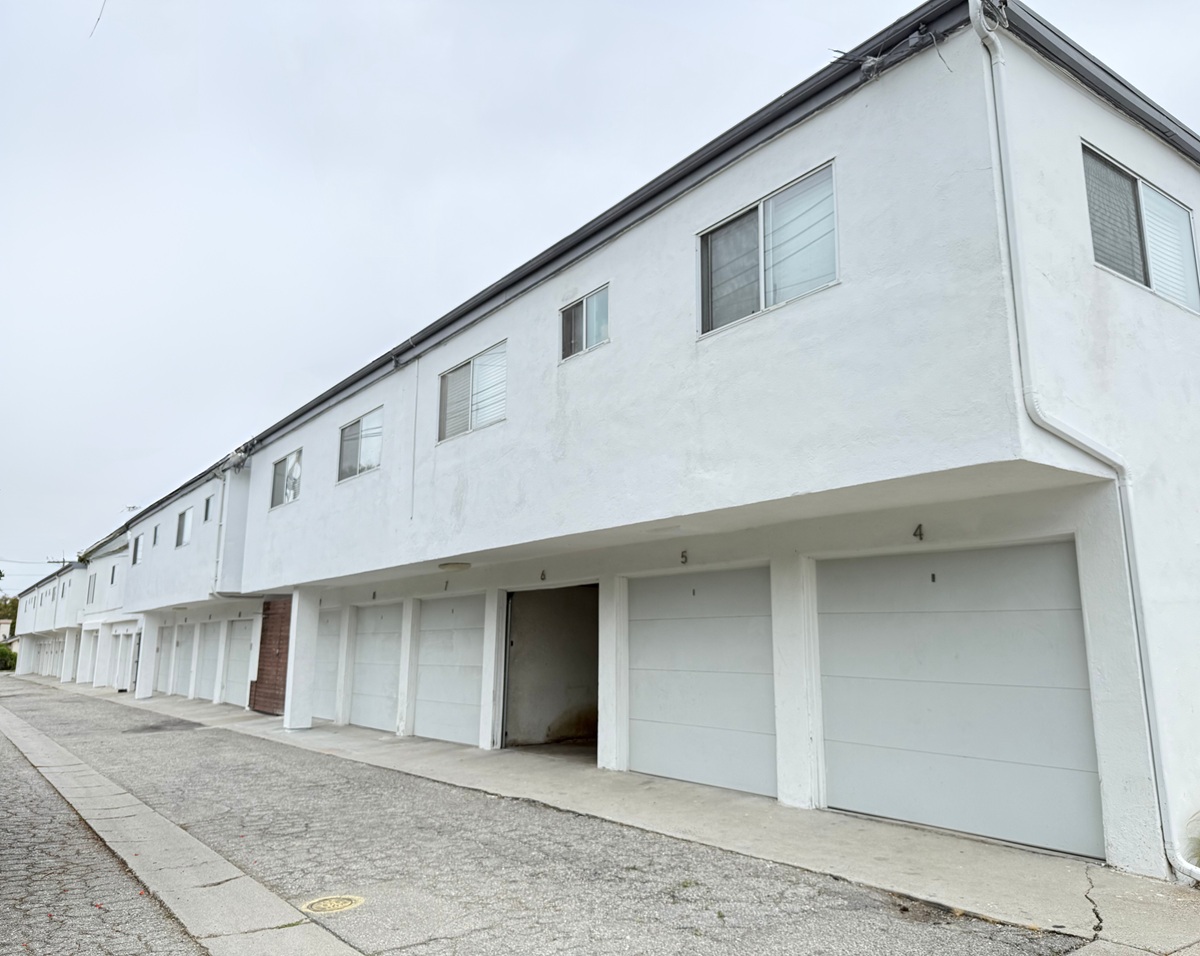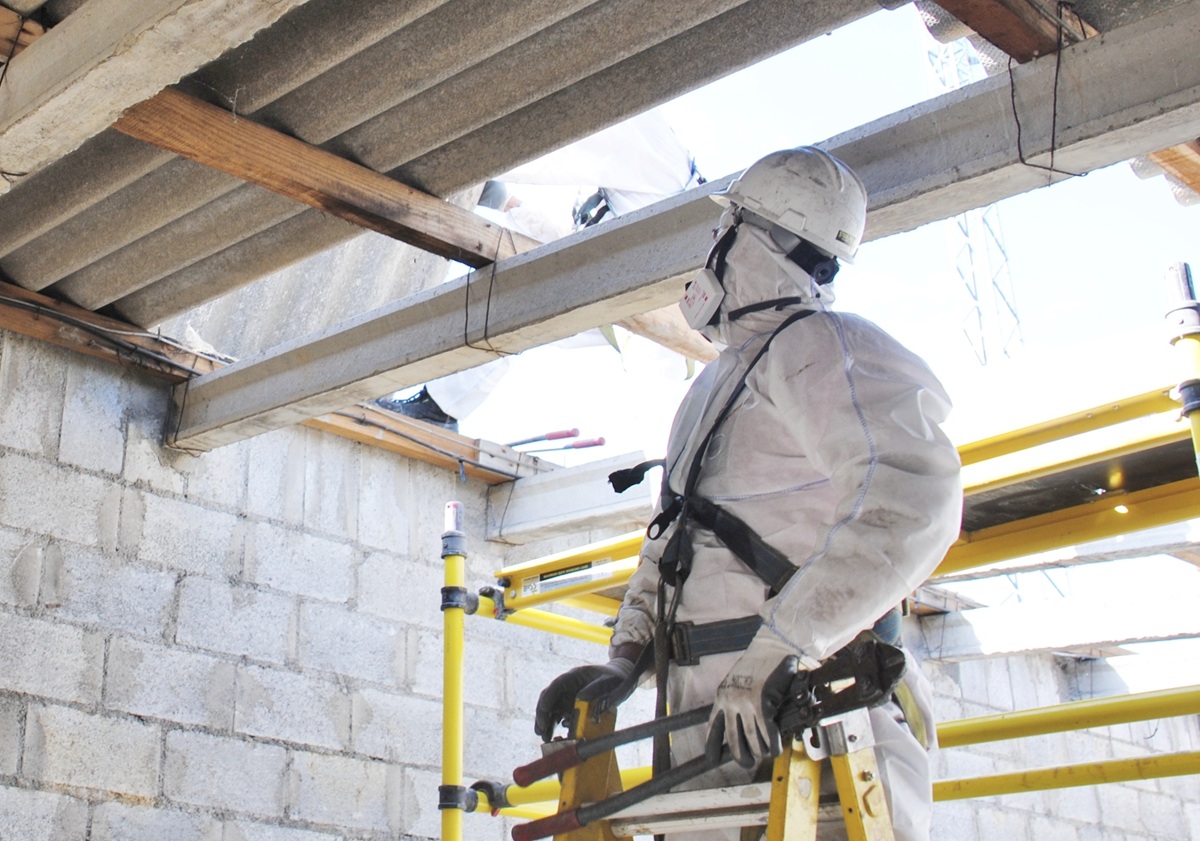Asking “what’s the worst thing that could happen” is the best way for apartment owners to begin preparing to prevent costly earthquake losses that could lead to bankruptcy.
Imagine you wake up tomorrow to terrible shaking. Within hours you learn the apartment buildings you worked for throughout your life have partially collapsed. There are serious casualties among your tenants. It will obviously take a long time to repair or rebuild. How much money will you lose?
This scenario is not unrealistic. When it comes to earthquakes, you can assess potential damage based on past experiences, identify the near-misses or “thank goodness it didn’t happen here” episodes and search out the best ways to mitigate those possibilities before they strike.
Gordon Woo, a theoretical physicist and resident catastrophist at Risk Management Solutions, is an expert in such analysis.
This approach is develops foresight by studying events that could have turned out much worse. “It’s not that you’ll know when something will happen; you just know that something is a possibility,” he told the seismic hazard modeling company Temblor.
Catastrophe risk modeling began in the 1980s with the advent of affordable computers and has since grown in size and sophistication, Woo wrote in Frontiers in Earth Science in 1999. In the paper, he cited an EgyptAir pilot’s deliberate 1997 crash into the Atlantic as an example.
He suggests that had analysis been done to determine worst-case scenarios from that event, (the pilot flew out of JFK airport), the possibility of a plane crashing into a populated area of Manhattan might have emerged as a more real possibility years before 9/11 happened.
Is Southern California going to experience a “worst case” earthquake calamity in the next few years. No one can exactly predict the future, but experts believe our region is long overdue for such a quake.
Risks Facing San Diego
Serious risks facing the San Diego area have been identified in recent years.
San Diego’s Rose Canyon Fault runs right through the middle of the city — from the Silver Strand to La Jolla — snaking its way under lofty skyscrapers, commercial districts and apartment buildings that draw tens of thousands of people each day.
Seismologists agree that Rose Canyon, while relatively inactive, has the capacity for a 7.0-magnitude quake – larger and more destructive than the Bay Area’s Loma Prieta quake and the Northridge quake.
When a Rose Canyon earthquake strikes, colossal damage is estimated at between $124 million and $13 billion. That’s because many of the buildings in this city were constructed long ago, based on outdated and less effective building codes.
That’s why the California Geological Survey ranks San Diego as one of the state’s top 10 areas for projected loss from an earthquake.
Act now to protect your apartment building, tenants and investment. Visit optimumseismic.com to arrange for a complimentary property assessment or call us at 833-978-7664.







